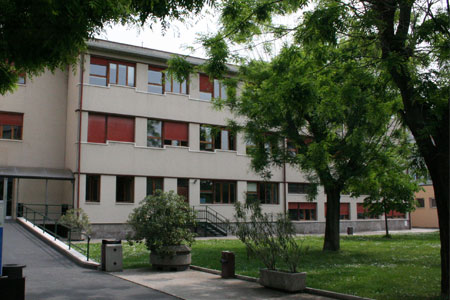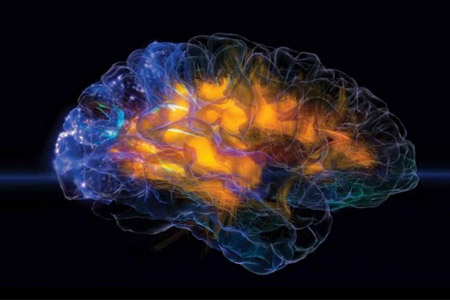The cognitive and neural mechanisms of visual spatial attention have been thoroughly investigated in the
last decades (Desimone & Duncan, 1995; Hillyard & Anllo-Vento, 1998; Luck et al., 2000; Mangun,
1995) but some important questions are still partly unanswered. One important point concerns the
cognitive and neural stages at which attention influences stimulus processing. Furthermore, another
fundamental question concerns the neural bases of exogenous, i.e. stimulus-driven and endogenous, i.e.
top-down or controlled , attention.
So far most studies on visual spatial attention have employed Posner's paradigm (Posner et al, 1984)
which makes use of either central or peripheral cues to direct shifts of covert attention. The former type of
cue, which often consists of an arrow pointing to the right or left visual hemifield, is supposed to induce a
controlled, top-down, shift of attention while the latter, often represented by the sudden appearance of a
light in the peripheral visual field, is supposed to induce a stimulus-driven, automatic, attentional capture.
In a recent study (Natale et al. 2006) using fMRI and ERP in separate experiments we have avoided the
use of cues by means of a simple paradigm whereby the subject is asked to focus attention either in an
endogenous, i.e controlled or exogenous, i.e. automatic, mode. The paradigm consists in the presentation
of blocks of trials in which the stimuli may appear in one and the same position in the visual field and in
blocks of trials in which stimulus position is randomised. We believe that these two conditions induce
endogenous versus exogenous attentional shifts (Marzi et al, 2002), respectively. Using this paradigm we
found that the two types of orienting differ as far as the stage at which they affect perceptual processing.
Endogenous orienting acts at early stages as witnessed by an effect on the P1 component of the ERP
which has a generator at the level of extrastriate and perhaps striate cortex (Hillyard & Anllo-Vento,
1998; Luck et al,2000; Mangun, 1995). In keeping with that, the fMRI study has shown an activation of
areas in the occipital lobe. In contrast, exogenous focusing yielded an effect on the N1 component of the
ERP that has multiple generators at parietal and frontal levels. Correspondngly, in the fMRI study we
found an extensive activation of the parietal-frontal attentional network. In the present projet we intend to
directly compare by menas of ERP (event-related potential), fMRI (functional magnetic resonance
imaging) and TMS (transcranial magnetic stimulation) experiments the mechanism of re-orienting
following either an endogenous or an exogenous cue.







